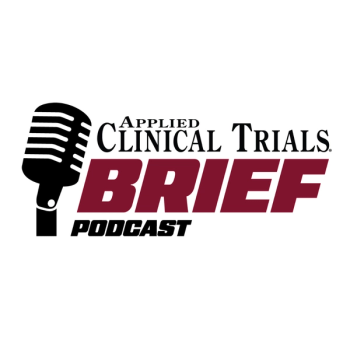
PHASE FORWARD’S SAFETY DATA MINING SOLUTION IN PRODUCTION AT FDA
Tool Co-Developed with Lincoln Technologies and FDA Helps Agency to Assess the Safety of Drugs
Waltham, MA – September 8, 2005 – Phase Forward (NASDAQ: PFWD), a leading provider of data management solutions for clinical trials and drug safety, today announced the successful completion of recently acquired Lincoln Technologies' Cooperative Research and Development Agreement (CRADA) with the FDA to develop advanced analytical tools for drug safety risk assessment. The project, which began in March of 2003 and involved participation by both the FDA Center for Drug Evaluation and Research (CDER) and the Center for Biologics Evaluation and Research (CBER), resulted in the development of the Web Visual Data Mining Environment (WebVDME) 5.1 feature set and user interface. FDA is implementing Lincoln's WebVDME system for production and use by safety evaluators and epidemiologists in CDER's Division of Drug Risk Evaluation (DDRE) and CBER's Division of Epidemiology.
The success of Lincoln's CRADA with the FDA is a result of several years of work by the FDA evaluating data mining and associated data visualization techniques as a tool to help safety evaluators analyze spontaneous reports of adverse reactions pertaining to drugs, biologics, and vaccines. Lincoln's data mining technology and specialized graphic visualization tools have been used by the FDA with its Adverse Event Reporting System (AERS) and Vaccine Adverse Event Reporting System (VAERS) database of voluntary adverse reaction reports to help identify unexpectedly frequent combinations of drugs and events and to organize, identify, and interpret patterns in the data.
"We are pleased that our longstanding collaboration with the FDA has resulted in the addition of new data mining capabilities to complement their present pharmacovigilance practices," said Chan Russell, president of Lincoln Technologies. "In addition, our recent merger with Phase Forward brings the additional resources and operational infrastructure necessary to continue to support and build upon the use of WebVDME at the FDA."
The FDA is exploring other areas in which WebVDME may prove useful for safety surveillance, including medication error monitoring, assessment of safety in clinical trials, and signal detection in electronic longitudinal medical records.
Newsletter
Stay current in clinical research with Applied Clinical Trials, providing expert insights, regulatory updates, and practical strategies for successful clinical trial design and execution.






.png)



.png)



.png)
.png)
